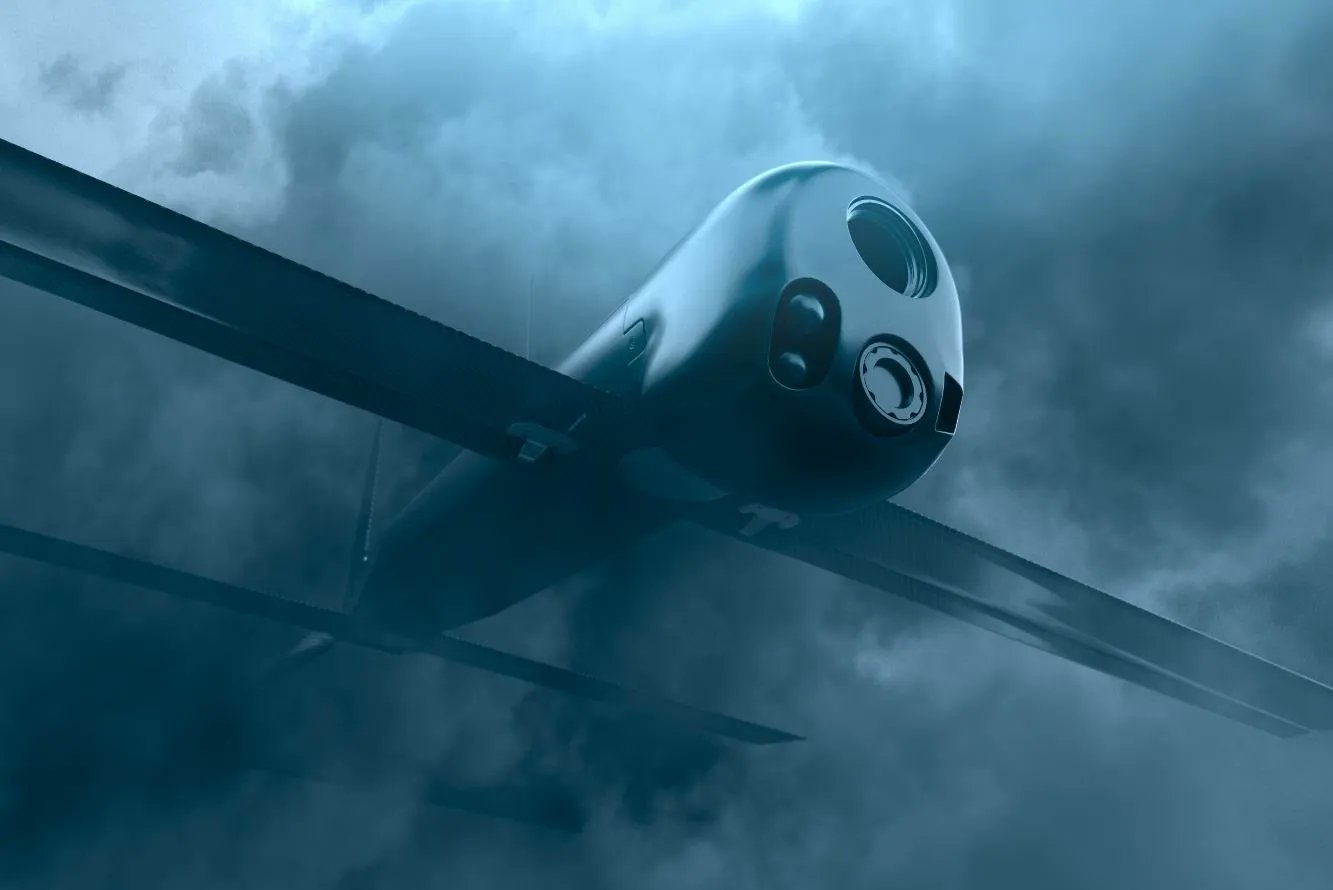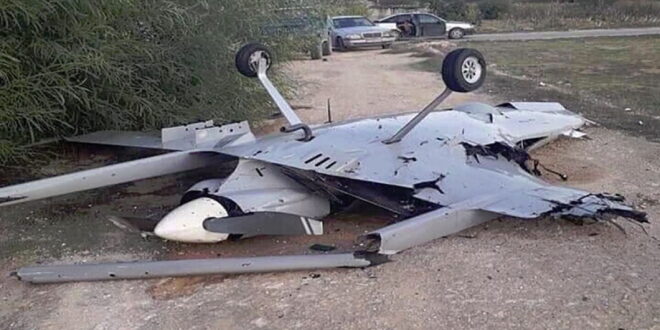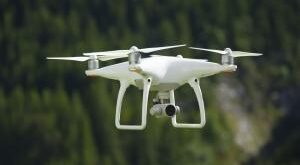There are signs that the hype around Turkish TB-2 Bayraktar drones’ lethality is being busted. Cracks have emerged in the Ukrainian military over continuing their use after improved Russian air defenses shot down scores of Bayraktar drones.
It manifests in the reluctance to use the American-made $10 million worth of Gray Eagle strike drones against “layered” and “massive” air defenses comprising S-300, Buk, Tor-M2, and Panstir air defense systems.
These are controlled by Russia’s Western Military District bordering eastern Ukraine’s Donbas region, where the fight has now moved.
A Foreign Policy report said differences had emerged between frontline troops, airmen, and the senior Ukrainian General Staff, where the latter continues to push for heavy reliance on the drones.
The Bayraktar TB2 drone had been effective against Russian armored and logistics columns in the initial days of the war before beginning to get rapidly shot down, forcing the Ukrainians to reduce their employment to 20 to 30 sorties a day.
Moreover, their success was merely tactical. Russia achieved most of its strategic and tactical aims, the biggest one being the fall of Mariupol, where nearly 2,000 Azov Brigade fighters surrendered in mid-May.
In the east in Donbas, Ukrainian President Vladimir Zelensky himself admitted that the Ukrainian Armed Forces were losing “100 soldiers each day.” Russia is making slow, grinding yet incremental progress and is on the verge of entirely securing the breakaway Peoples’ Republics of Donetsk and Luhansk.
Interestingly, US Pentagon officials are reluctant to sell the MQ-1c Gray Eagle drones to Ukraine, fearing Russia might access the sensitive technologies if they are shot down. An option to switch the sensitive electronics for less advanced ones would degrade their capabilities.
More Pilots, Fewer Jets
Saying they have “more pilots than jets” now, Ukrainian military officials say they need legacy platforms like F-15 and F-16 jets to perform more complex missions, possibly taking the fight into Russia. Their air force has been engaged in primarily close air support (CAS) missions.
However, the risks associated with acquiring conventional multirole fighter aircraft are two. Directly throwing them into the fray without adequate training to understand each plane’s flight characteristics and advantages and develop tactics takes several months.
This is after the lengthy Congressional procedure to allow their sale, followed by the commercial modalities and the planes’ eventual arrival, which takes years. Worse Ukrainian pilots and ground crews are used to Soviet-era planes with radically different piloting, design, control, and maintenance philosophies.
Secondly, President Joe Biden had declined the sale of the Army Tactical Missile System (ATACMS) component of the High Mobility Artillery Rocket System (HIMARS) to prevent Ukraine from using it to strike inside Russia and escalating the conflict.
It is thus unlikely he might support even bigger and more destructive platforms like jets.
Bayraktar TB2 Drones
But this also draws attention to the hype around Unmanned Combat Aerial Vehicles (UCAV), which are vulnerable to a peer adversary commanding a conventional army.
The TB-2 shot to fame in the September 2020 Nagorno-Karabakh war, where videos show the drones destroying scores of Armenian artillery, armor, bunkers, and air defense systems.
Tactical successes, nevertheless, their role in the overall Azerbaijani victory was also greatly exaggerated, with many of the battlefield victories achieved by long-range fires and artillery – apparently something also heavily employed by Russia to devastating effect in Ukraine.
In the initial days of the war, Russia fired several dozen Kalibr cruise missiles inside Ukraine, softening military and industrial targets that degraded Kyiv’s defense manufacturing capability.
The ‘artillery first’ army has successfully employed its unorthodox doctrine of executing its ground operations around gun and rocket artillery, where infantry, armored and mechanized forces first engage and degrade enemy targets before calling in strikes to mop up what is left.
Neither can loitering munitions turn the tide in a war like this, primarily because they will be limited in numbers when the UAF run out of them at some point. At the same time, Russia’s defense industry can rapidly produce the lost platforms.
Their manner of a ‘long war’ and not looking for quick, decisive victories allows them the time to keep fighting until their strategic aims are achieved. It is different; loitering munitions themselves can’t always be called drones.

AeroVironment, the US manufacturer of the Switchblade systems, calls it a “loitering missile.”
And with Ukraine admittedly having almost lost all its Soviet-era artillery, ammunition, and armor, Russia can rely on infantry and long-range artillery to engage them, limiting the use of their tanks and mechanized infantry.
It would provide fewer targets for drones and loitering munitions, which have limited use against ground troops, as they are armed to destroy heavier targets.
New weapons and concepts have given modern warfare a new face but they have proven to be mere disruptors, with certain traditional practices remaining relevant. It doesn’t mean that drones are useless, but it clearly indicates that they remain highly vulnerable to surface-to-air missiles.
 Unmanned Aerial Vehicle The latest drone news
Unmanned Aerial Vehicle The latest drone news



